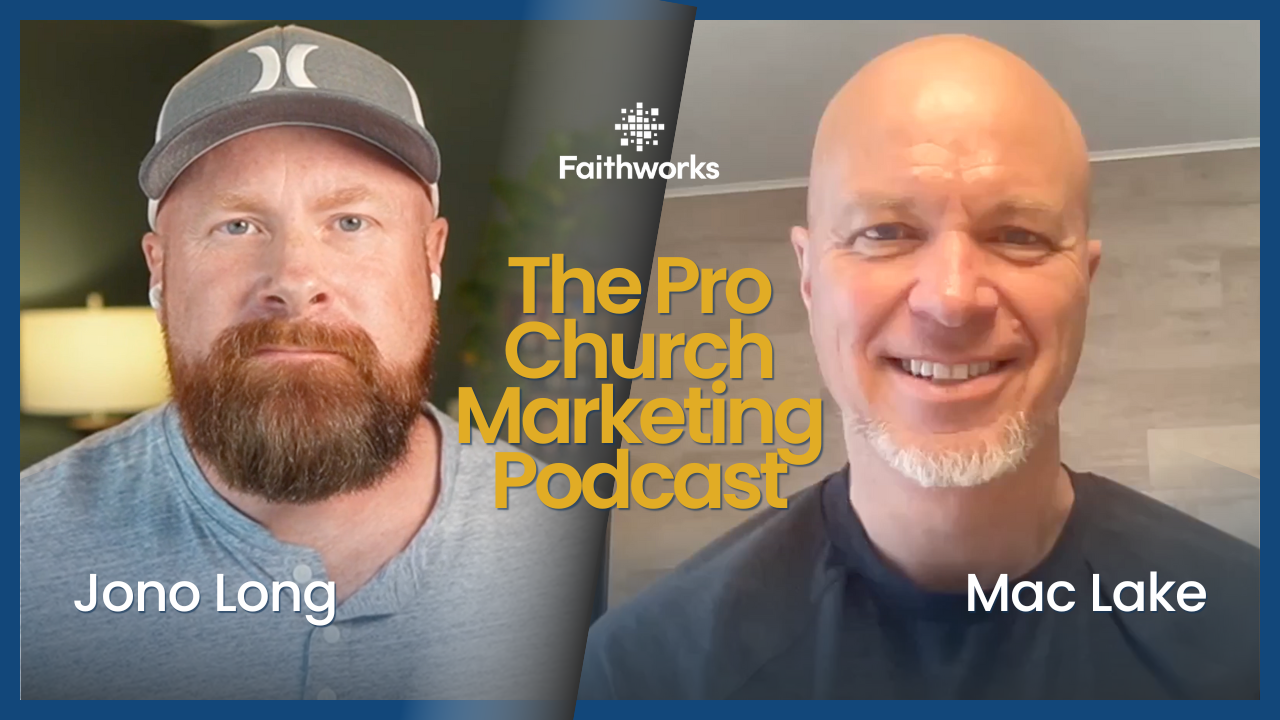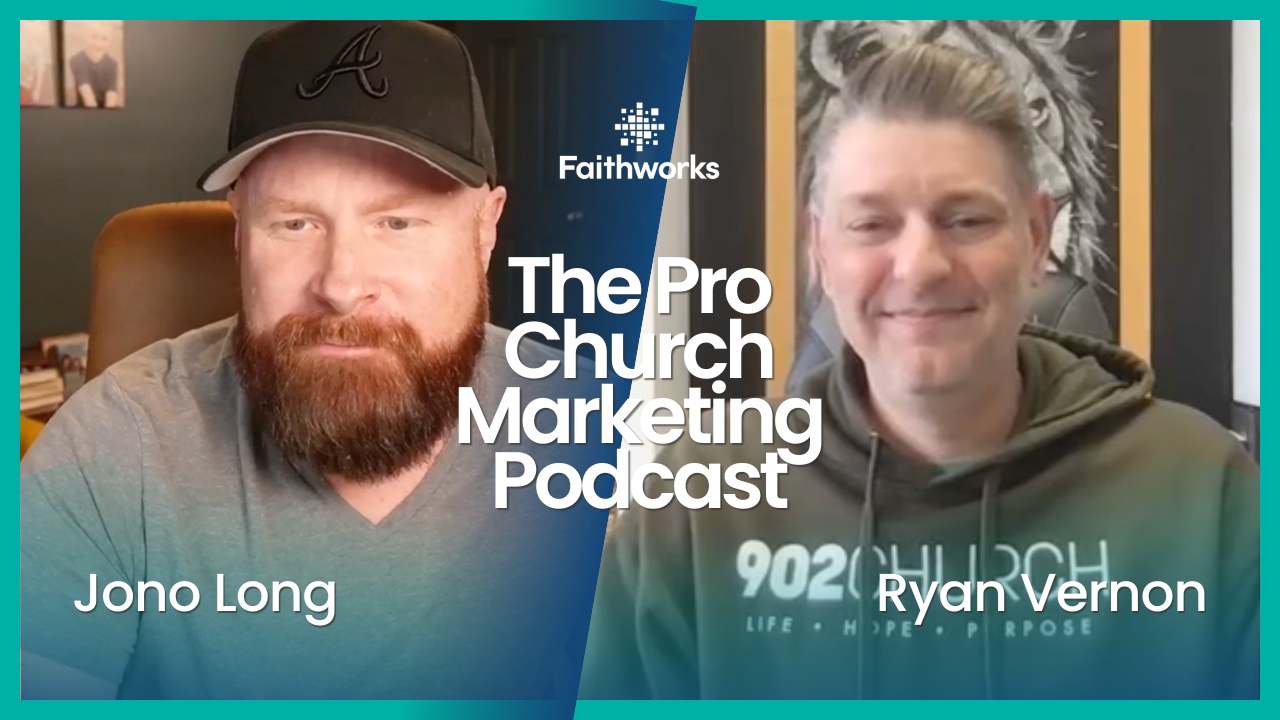Grow Your Church's Digital Reach Effectively
Growing your church's digital reach is essential for connecting with both current members and potential visitors. A robust online presence can help your church share its mission, advertise events, and provide essential resources to the community. With the ever-increasing importance of digital media, it’s vital for churches to leverage the right strategies to expand their digital footprint.
Faithworks Marketing specializes in helping churches enhance their digital presence using various tools and methods. Our services include building professional websites, implementing effective SEO strategies, maximizing outreach with the Google Ad Grant, and engaging the community through social media. By focusing on these key areas, your church can achieve a greater online impact and reach more people than ever before.
A successful digital strategy begins with a well-designed website that serves as the foundation of your online presence. From there, effective SEO practices can increase your visibility on search engines. The Google Ad Grant offers an excellent opportunity to extend your reach further, while social media services help you to engage directly with your community. These elements work together to create a comprehensive digital strategy that supports your church's goals.
Building a Strong Online Presence with a Professional Website
Your church's website is the cornerstone of your digital presence. A well-designed website can attract visitors, provide essential information, and strengthen your community. To build a strong online presence, start by ensuring your website is professional and user-friendly.
First, make sure your website has a clean and modern design. Visitors should find it visually appealing and easy to navigate. Use clear headings and an intuitive layout to guide users through your site. Important information, such as your church's mission, service times, and contact details, should be easy to find.
Next, focus on high-quality content. Include engaging text, images, and videos that reflect your church's values and activities. Highlight upcoming events, share inspiring messages, and provide resources for your members. Regularly updating your content keeps visitors coming back and helps your site rank higher in search results.
Lastly, ensure your website is optimized for both desktop and mobile devices. Many people browse the web on their phones, so your site should be responsive and load quickly on all devices. A mobile-friendly website enhances user experience and increases the likelihood that visitors will stay and explore your site.
Enhancing Visibility through Effective SEO Strategies
Once you have a professional website, the next step is to increase its visibility through Search Engine Optimization (SEO). SEO involves optimizing your website so that it appears higher in search engine results, making it easier for people to find your church online.
Start with keyword research. Identify the words and phrases people are likely to use when searching for a church. Use these keywords naturally in your website's content, headings, and meta descriptions. This helps search engines understand what your site is about and rank it higher for relevant searches.
Improving on-page SEO is also essential. Ensure each page on your website has a unique title and meta description. Use header tags (H1, H2, H3) to structure your content. This not only makes your site easier to navigate but also helps search engines index your content more effectively.
Build backlinks to your website. Backlinks are links from other websites to yours. They signal to search engines that your site is credible and valuable. Reach out to local organizations, religious directories, and community blogs to link back to your site. Quality backlinks can significantly boost your site's ranking and visibility.
Maximizing Outreach with the Google Ad Grant
The Google Ad Grant provides free advertising for non-profits, including churches, helping to extend their reach online. Through this grant, your church can receive up to $10,000 per month in Google Ads, placing your message in front of more people who are searching for related topics.
To maximize the benefits of the Google Ad Grant, start by identifying the keywords that align with your church’s mission and activities. These keywords should include terms that potential members might use when looking for church or community service opportunities. Craft compelling ads that are clear and inviting, encouraging users to visit your website or attend an event.
Consistent monitoring and adjusting of your campaigns is essential to get the most out of the Google Ad Grant. Track which ads and keywords are performing best and refine them to improve your reach and engagement over time. With careful management, the Google Ad Grant can significantly bolster your church’s online visibility and attract more participants.
Engaging Your Community Using Social Media Services
Social media services can significantly enhance how your church connects and interacts with its community. Platforms like Facebook, Instagram, and Twitter offer various features that can help you engage more deeply and consistently with your followers.
To keep your community engaged, take advantage of live-streaming services for events and worship services. This allows members who cannot attend in person to still participate and feel connected. Use stories and reels to share quick updates, behind-the-scenes looks, and personal testimonies to help humanize your church and build a stronger bond with your audience.
Additionally, respond to comments and messages promptly. Engaging directly with your audience shows that their input is valued and fosters a sense of community. Hosting online discussions or Q&A sessions can also be an effective way to keep your members involved and informed about church activities and teachings.
Conclusion
A well-rounded digital strategy is essential for growing your church’s outreach and engagement in 2024. Your church can effectively expand its digital footprint by building a professional website, enhancing visibility with effective SEO strategies, leveraging the Google Ad Grant, and actively engaging your community through social media.
Faithworks Marketing is here to assist you in implementing these strategies that are tailored to your church's needs. With our expertise in websites, SEO, the Google Ad Grant, and social media services, we can help you create a vibrant online presence that supports your mission and fosters a stronger sense of community. If you are looking for a
church marketing agency, contact Faithworks Marketing today to start growing your church’s digital reach.
Latest Posts












